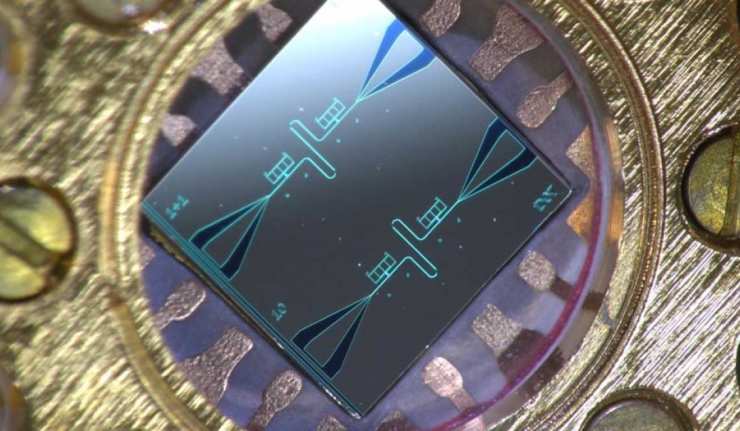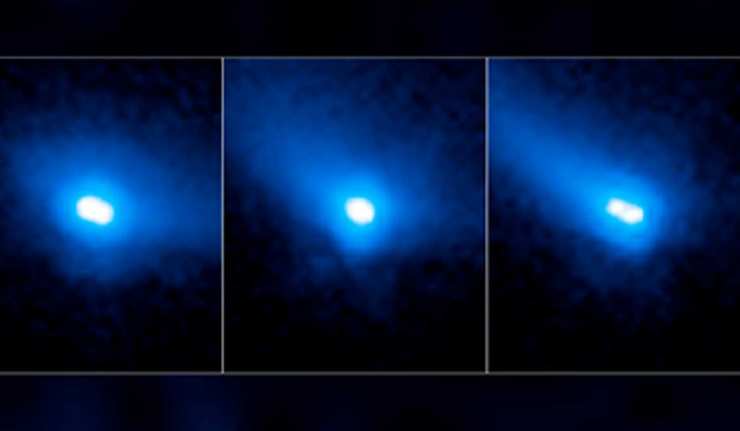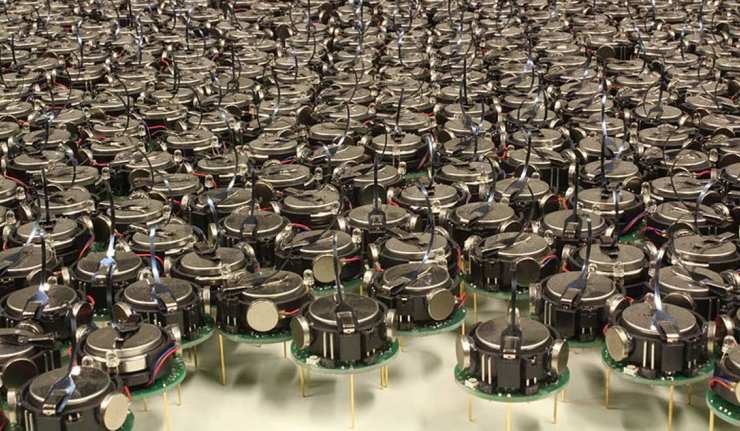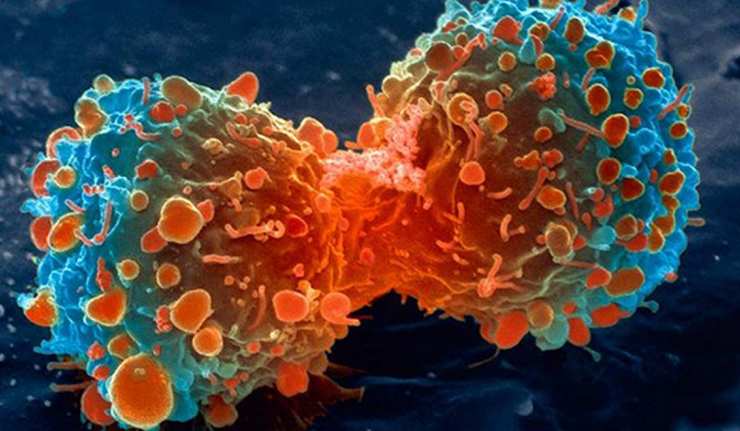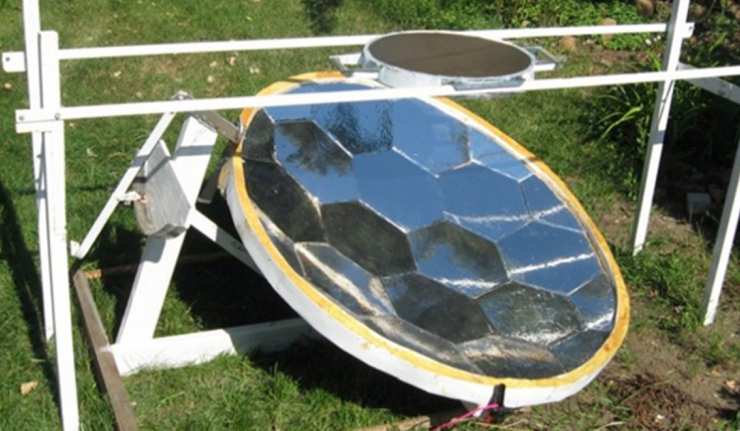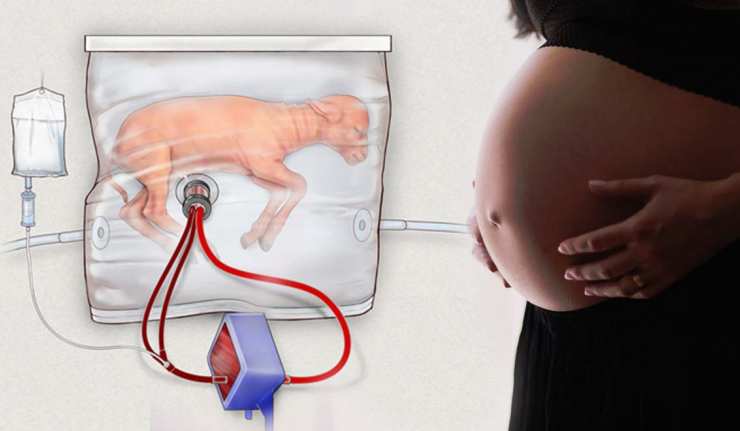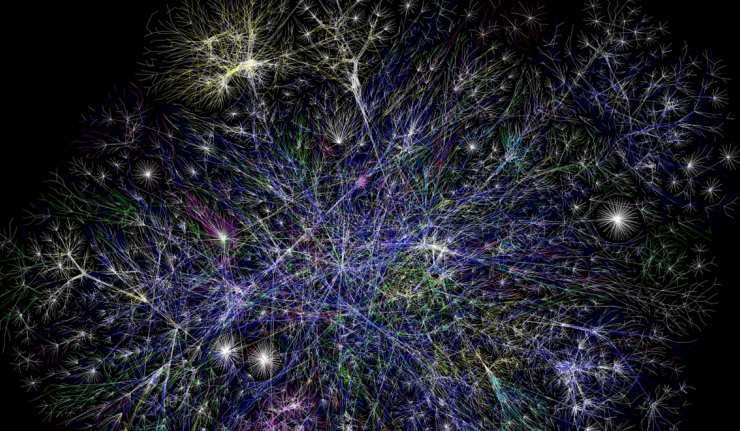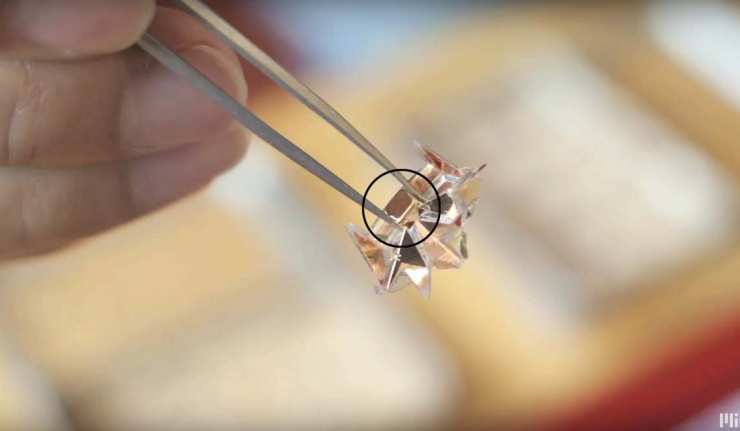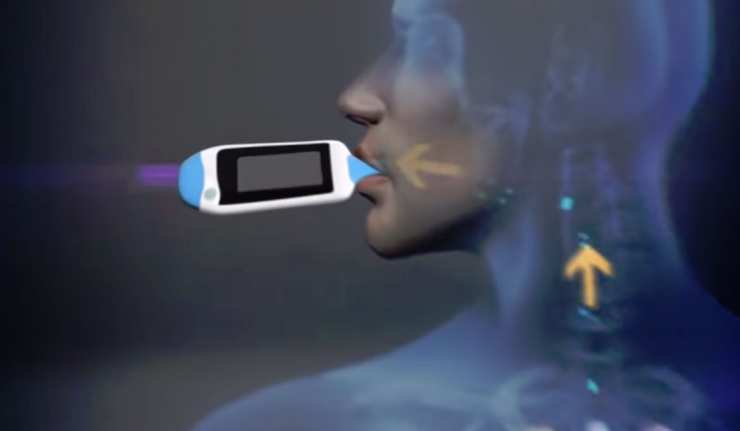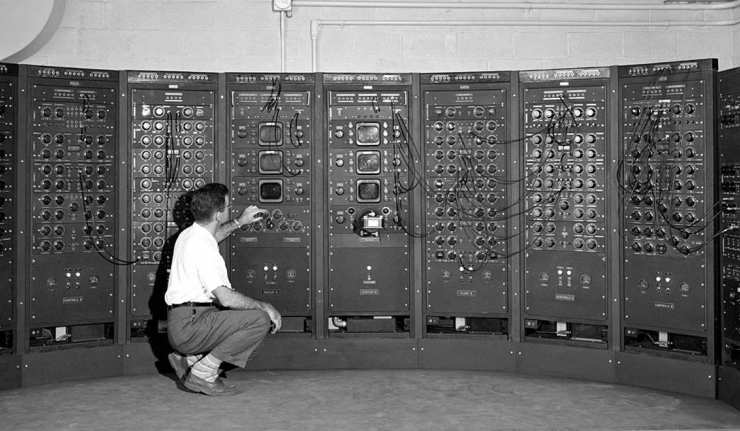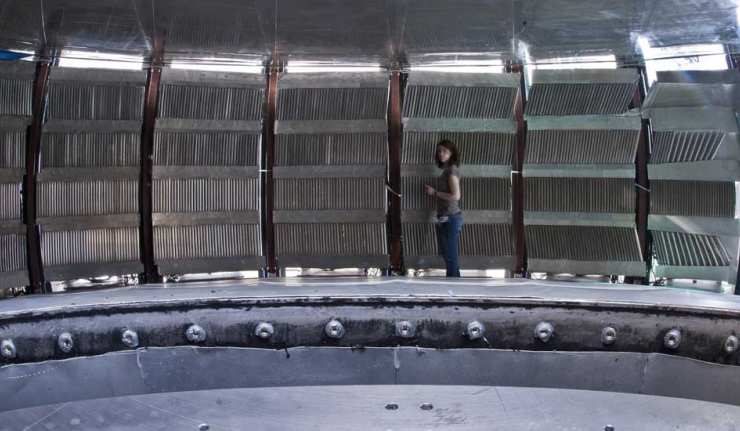System
Quanta and Chill: How Integrated Cooling Could Get Quantum Computing Into the Mainstream
Quantum computers are hailed as the new wave in the use and processing of big data. They are perceived as much more powerful in terms of decision-making, transfer speeds and complexity of computing tasks. However, there are also several drawbacks that affect the uptake of quantum as a processor standard. Firstly, as a relatively new modality in this sector, it is often more expensive than traditional CMOS-based computing. Secondly, it tends to be much more sensitive to environmental conditions, with temperature as a prime example.
Can Renewable Energy Sources be Protected from Cyber Threats?
The increase in need for, and the implementation of renewable or clean energy questions the premise of its safety and reliability because it brings about the possibility of it being threatened by hackers through theft or cyberattacks. The magnitude of real-time data and the distributed generation of energy make for easy gateways. Take charging an electric car, for example — a group of such vehicles are ultimately connected to a larger power unit, which can, if jeopardized, compromise the grid of an entire city.
Pair of Unusual Asteroids Have Been Assigned Comet Status
The Hubble space telescope has identified many objects in our solar system, with one of its recent missions to help astronomers discover more about a mysterious object in the asteroid belt between Mars and Jupiter. At first glance, this object appeared to be two asteroids orbiting each other, and was assigned as such. But further observations revealed that it also possessed characteristics in keeping with a comet. Astronomers knew that this meant they needed to take a much more detailed look.
Swarm Machines Learn by Simply Observing
Scientists at the University of Sheffield claim that it’s possible for machines to learn how natural or artificial systems function simply by observing them, without being told what to look for. This discovery was published in the scientific journal Swarm Intelligence and was inspired by the Turing Test, a test named after the computer scientist Alan Turing.
Designer Virus Helps the Body Fight Back Against Cancer
Scientists from the University of Geneva and the University of Basel have created an artificial virus which can be used to help alert the body to cancerous cells, encouraging the immune system to recognize tumours and fight them more aggressively.
By The Seaside: Using Our Estuaries To Generate Energy
Imagine a new carbon neutral system of generating energy which has the potential to meet up to 40% of our global demand for power? The source might come as a surprise – our coastal estuaries where salt and fresh waters meet.
Scientists at Penn State University have created a system to harness energy along our coastlines, which early tests suggest could be very efficient indeed.
Putting the Sun in a Box
The Sun is the abundant renewable energy source that we as humans have not harnessed to its full potential. Solar radiation powers all of the surface phenomenon on Earth; it warms oceans to cause currents, heats up the air and drives the water cycle, and it sustains life on Earth. Plants take in solar radiation and use it to convert carbon dioxide and water into sugars. Herbivores feed on the plants and predators (humans included) eat the herbivores.
Artificial Womb May One Day Save The Lives of Premature Babies
Every year, around 1 in 10 babies worldwide are born prematurely. This equates to around 15 million babies and their parents having to spend time in Neonatal Intensive Care Units (NICU) in incubators. Despite improvements in neonatal care, approximately 1 million of those prematurely born babies will not survive. Of those who do survive, many suffer complications including learning disabilities, visual and hearing problems which affect their whole lives.
Scientists Made a Tiny Transistor That Can be Powered by Information
The Supreme Court and Congress have shown us that laws in our society are far from permanent—if enough people want it, the law can be changed. In the realm of science, though, laws are paramount. A newly demonstrated concept is not considered true until it has been confirmed by many other studies—even then it is only considered a theory, or a rule. Only the most absolute, time-tested concepts become laws and are generally accepted as unchangeable facts of nature.
Lighting Up the Internet
As our reliance on digital devices increases apace, sometimes our patience levels decrease at the same rate. We’ve come to expect seamless streaming, near-instant downloads and constant access to information at the touch of a button. As such, our current wireless connection speeds are often proving themselves to be in need of upgrading.
Bio-friendly, Ingestible Origami Robot
Kids accidentally swallow inedible objects a fair number of times and parents reflexively panic hoping for it to pass through the body soon and not get caught in the esophagus or gut, the waiting raising their anxiety levels! The United States records about 3,500 cases every year of hazardous button batteries, found in toys, watches etc, that are being ingested resulting in a detriment to the consumer’s health like chemical burning of tissues and sometimes even death.
An Artificial Cancer Smelling NA-NOSE
Diagnostic tests, although vastly improved in the recent years, seldom identify abnormalities in the body early enough (usually beneficial only in later phases) in order to employ appropriate treatment options and care. Apart from this major issue, challenges such as slow processing, false-negatives, high costs and side effects, pose an incredible danger to patients with life-threatening conditions, who require quick turnover periods.
Return of Analog Computing for Cell Simulation
The world is slowly becoming more and more digital; cassette tapes have given way to MP3 players and analog TV antennas have been replaced with streaming video. This is great for preserving media and distributing over the internet, but digitalization still stumbles when it comes to simulating whole organs or biological systems.
New Computer Chips Talk To Each Other Using Light
All the magic of modern computing technology, from the smartphone in your pocket to the laptop you may be reading this on, exists thanks to the semiconductor chip. These tiny pieces of silicon contain a collection of electronic circuits, which manipulate electric current in order to store and transfer data. However, the electrons that generate electric current can only move so fast across a chip.
A Revolutionary Imaging System Featuring the "Optical Brush"
Recently, scientists from the Media Lab of Massachusetts Institute of Technology (MIT) have developed a new imaging device that consists of a loose bundle of optical fibres, with no need for lenses or a protective housing.

